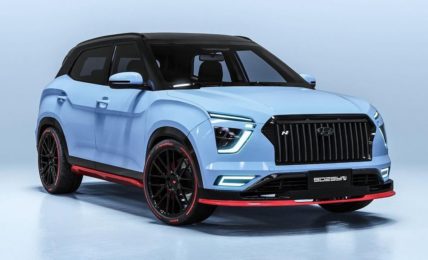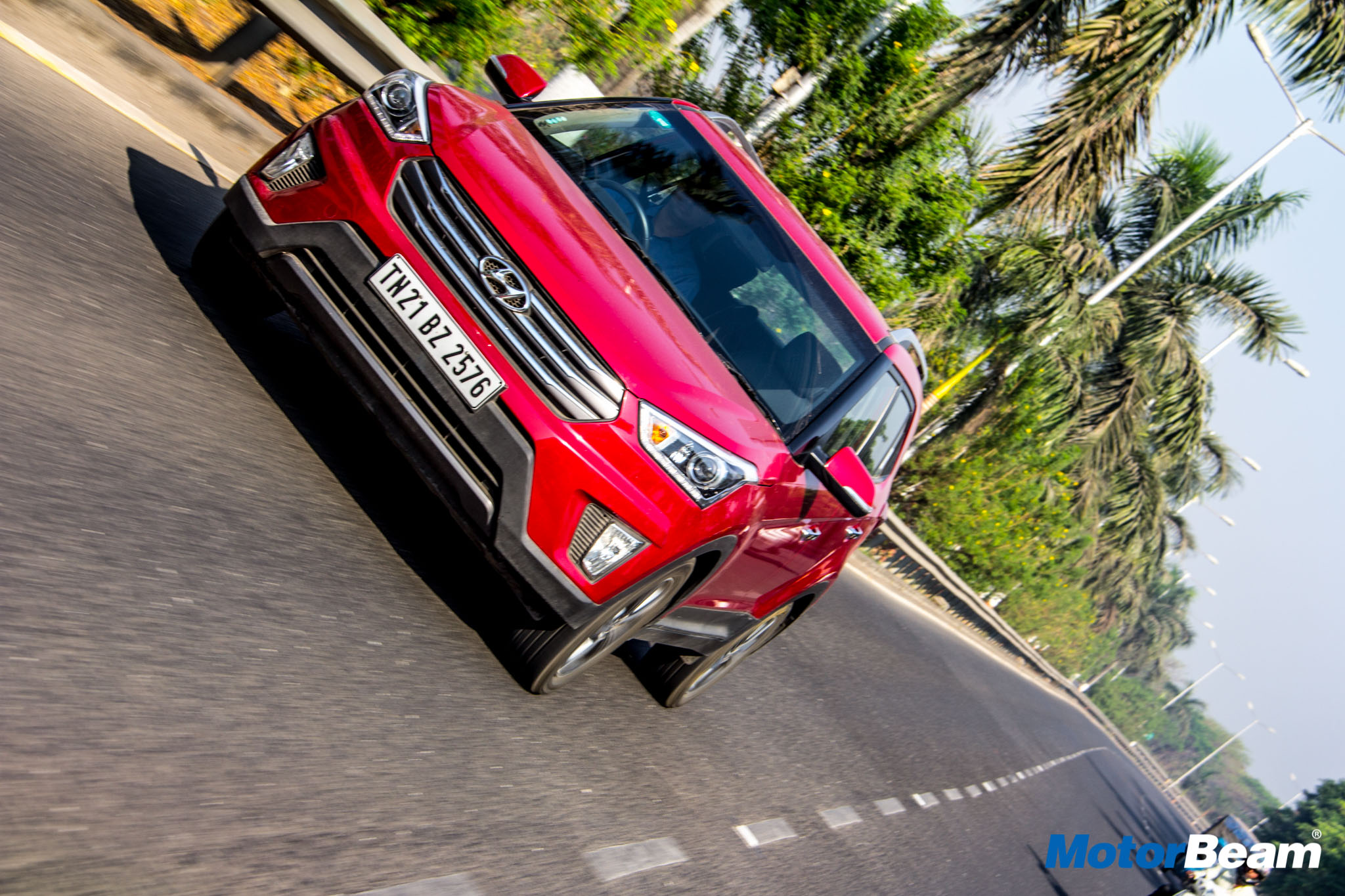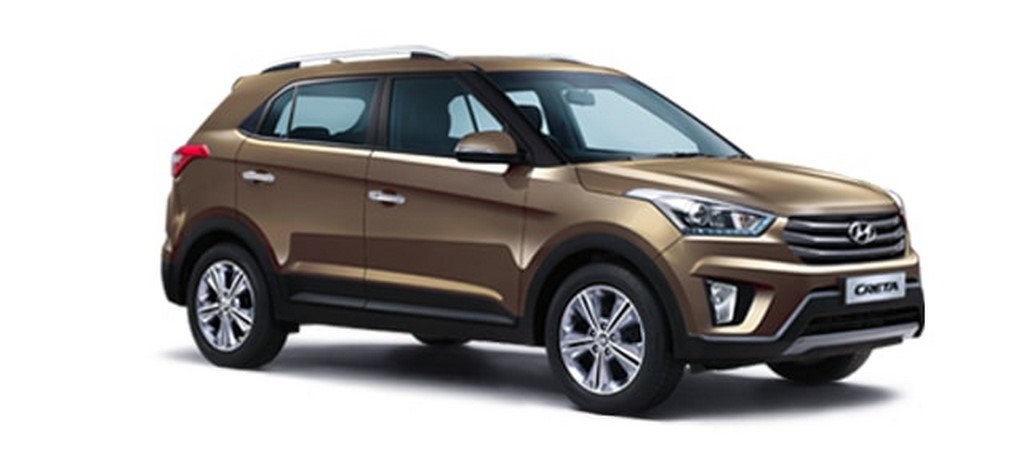The Creta’s Dual VTVT petrol motor feels superior to the Captur’s H4K powertrain
Performance – The Hyundai Creta and the Renault Captur are offered with both petrol and diesel engines but only the former gets the choice of automatic transmissions as well as two diesel motors. The Hyundai Creta gets a 1.6-litre Dual VTVT petrol motor which produces 123 PS at 6400 RPM and 151 Nm of torque 4850 RPM while the Renault Captur gets a 1.5-litre petrol engine with power and torque outputs of 106 PS at 5600 RPM and 142 Nm at 4000 RPM respectively. The Creta petrol is leagues ahead of the Captur petrol in many ways and it offers better performance too. The former gets a 6-speed manual gearbox and an optional 6-speed automatic gearbox while the latter does the job with a 5-speed manual gearbox only. The claimed mileage too is higher in the Hyundai – 15.80 km/l in the Creta and 13.87 km/l in the Captur.

The Hyundai Creta is the only one here to get an automatic gearbox option
Shifting focus to the diesel variants, the Hyundai Creta gets a 1.4-litre oil-burner which produces 90 PS at 4000 RPM and 220 Nm at 1500-2700 RPM and a more bigger and powerful 1.6-litre diesel engine that belts out 128 PS at 4000 RPM and 260 Nm of torque at 1500-3000 RPM. Both the engines are offered with a 6-speed manual gearbox while the bigger engine also gets a 6-speed automatic transmission. The Renault Captur, on the other hand, comes powered by a 1.5-litre K9K diesel mill that churns out 110 PS at 3850 RPM and 240 Nm at 1750 RPM. A 6-speed manual transmission sends power to the front wheels of the Captur and there’s no option of an automatic transmission.
Diesel motors of both cars have good mid-range performance
The Creta has some amount of turbo lag but it isn’t as hard hitting as the Captur’s turbo lag which is massive. Both the cars shine in the mid-range and have more than enough power on tap. The Creta has a higher redline of 4000 RPM and acceleration on the Creta is quicker than the Captur and it also has a higher top speed. While the clutch on the Creta is light with lesser travel, the Captur’s clutch is a bit heavy and what makes matters worse (in city driving) is the deeper travel of the clutch. Both the 6-speed manual gearboxes in the Creta and the Captur are smooth. Meanwhile, the 6-speed automatic gearbox in the Creta is slick shifting and also feels very smooth to use. While the claimed mileage of the Creta 1.4 and 1.6 diesel (MT) is 22.10 km/l and 20.50 km/l respectively, the diesel (AT) returns 17.6 km/l. The Captur is equally fuel efficient with a mileage of 20.37 km/l.
The Captur is more engaging to drive than the Creta
Driving Dynamics – The Hyundai Creta has a good ride quality at slow and medium speeds. Feedback from the steering isn’t as good as the Captur and at high speeds, the Creta’s ride ends up feeling bouncy. Sharing its underpinnings with the Duster, the Captur is also a dynamic handler. The car feels very enthusiastic and the steering offers good amount of feedback. At tight corners, there is very limited body roll and overall, the Captur has a settled ride. Braking performance is good on both the cars and so is the grip from the tyres.




